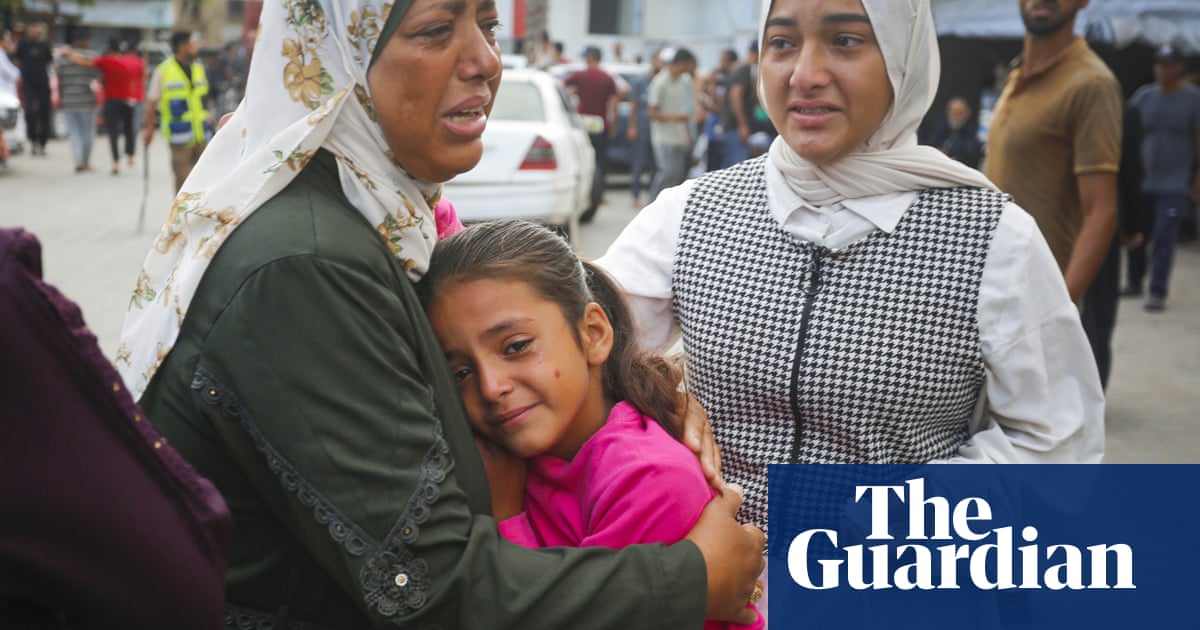
Deaths from civil conflicts and battles across the world over the past three years have risen to the highest level in three decades, according to a new report.
Research by the Peace Research Institute Oslo (Prio) showed that while the number of battlefield deaths fell compared with the previous two years, since 2021 the overall number of conflict-related deaths, including of civilians, has risen to the highest level in 30 years.
This increase in battlefield deaths over the past three years has been driven by the civil war in Ethiopia’s Tigray region, the Russian invasion of Ukraine, and the Israeli bombing of Gaza.
Although the number of conflict fatalities fell last year, which the report attributes to the ceasefire in Tigray, there were still 122,000 conflict-related deaths in 2023, with more than 71,000 people killed in Ukraine and an estimated 23,000 killed in Gaza in less than three months at the end of 2023.
The research also showed that the scale of global conflict has also substantially increased, with 59 different conflict zones recorded in 34 countries as several states deal with multiple conflicts simultaneously.
Siri Aas Rustad, author of the report and a research professor at Prio, said: “Violence in the world is at an all-time high … The figures suggest that the conflict landscape has become increasingly complex, with more conflict actors operating within the same country.
“We have seen a lot of very extreme violent conflicts … overlapping in the past few years – Gaza, Ukraine and Ethiopia before that,” she said. “And that becomes an international power struggle – who supports who, and where does the money go. It creates a tougher international environment.”
Rustad said conflicts were also becoming more complex, with more than half the countries having more than one conflict and seven having more than three continuing at once.
She said this was in part due to Islamic State and other armed Islamist groups operating in several countries across the Middle East, Africa and Asia.
“The increase in state-based conflicts can be attributed in part to the Islamic State expanding across Asia, Africa and the Middle East, and an increase in other non-state actors getting involved in conflicts, such as the Jama’at Nusrat al-Islam wal-Muslimin group,” said Rustad, referring to the alliance of militant jihadist groups operating in the Maghreb and west Africa.
“This development makes it increasingly difficult for actors like aid groups and civil society organisations to manoeuvre the conflict landscape and improve the lives of ordinary people.”
Africa remained the region with the highest number of state-based conflicts, with 28 separate conflict zones. The report says the number of conflicts in Africa has nearly doubled in the past decade and the continent has seen more than 330,000 battlefield deaths since 2021.
The Americas were for the first time home to the most non-state conflicts, with 36 in all. Of these, Mexico remained the most violent country, with almost 14,000 conflict-related deaths.
“It is a continuous worry that we see new extremely violent conflicts emerging more often than previously,” said Rustad.
Source: theguardian.com


















